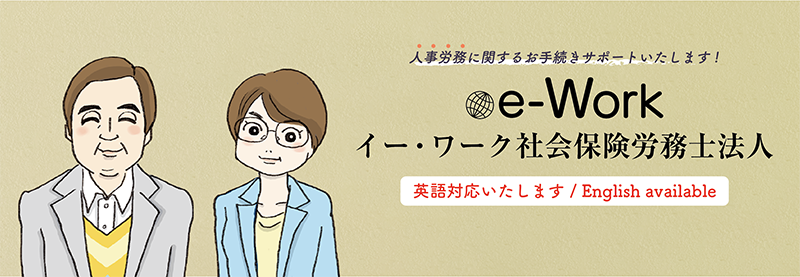Labor Standards Inspection Office instructed companies to pay a total of 12 billion yens of wages in fiscal 2022
The Labour Ministry has released the fiscal 2022 report on the cases of companies that received labor standards inspection offices' supervision and instruction regarding unpaid wages. The report includes cases around the country regarding the suspicion of unpaid wages between January and December of 2022. In the past, the report only listed incidents with one million or more unpaid wages per company, but from this year, it also covers other cases of unpaid wages. This article looks at the report, showing an example of a labor office’s supervision and instruction.
[1] Overview of administrative supervision and instruction
Following are the figures regarding labor standards inspection offices’ supervision and instruction conducted around the country in 2022.
Number of cases: 20,531
Number of workers involved: 179,643
Total amount of unpaid wages: 12,123,160,000 yen
Among them, following are the cases resolved with the companies paying wages according to inspection offices' instructions.
Number of cases: 19,708 (96.0%)
Number of workers involved: 175,893 (98.0%)
Total amount of wages paid: 7,945,970,000 yen
The largest amount paid in a single case was 270 million yen.
[2] Cases of supervision and instruction
The report shows cases where wages were paid with the companies following inspection offices’ supervision and instruction. This section shows an example of unpaid wages, arising from discrepancies between attendance records and actual hours worked, as a reference for companies to reexamine their work hour management.
(Outline)
A labor standard inspection office conducted supervision and instruction, based on a claim of industrial accident compensation involving overwork.
The employee’s work hour was recorded according to the start and end times on time cards, while overtime was recorded based on the employee’s declaration.
As a result of hearing, inspectors found that the company failed to understand accurate overtime, even though there were discrepancies between the employee’s start and end times and declared overtime. Inspectors ordered the company to investigate into the cause of discrepancies and pay the shortfall of overtime wages to the employee.
(Actions taken by the company)
-The company investigated into the cause of discrepancies and checked correct overtime wages by examining the employee’s timecards and hearing from the employee. Based on the result, the company paid the outstanding amount to the employee.
-The company also implemented following measures to prevent recurrence of the problem;
If there is any difference between time records and declared overtime, employees concerned and their managers will be notified.
HR department will conduct monthly checks of workers’ start and end times and declared overtime. If there are any discrepancies, they will ask reasons to the employees.
The company will hold meetings for managers to promote communication with their subordinates and raise awareness of the need for establishing an environment where workers can report their work hours correctly.
The company will hold all-hand meetings to draw attention to the importance of work-hour management, explain that the company values work-life balance and stress the need for appropriate work-hour management through labor-management efforts.
As in the above case, if there are discrepancies between time records and actual work hours, companies need to investigate into the cause by asking workers concerned and instruct the workers and their managers to keep records accurately to prevent recurrence. If any problem is found, companies should take necessary action without delay.
[Reference]
Labour Ministry, “Results of instructions on companies suspected to have unpaid wages”
https://www.mhlw.go.jp/stf/newpage_34397.html
*The contents are valid as of the date of the article.













